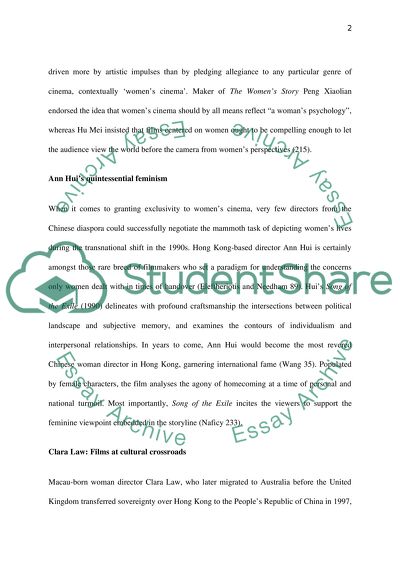Cite this document
(“Asian Cinema Essay Example | Topics and Well Written Essays - 2750 words”, n.d.)
Retrieved from https://studentshare.org/visual-arts-film-studies/1397237-asian-cinema
Retrieved from https://studentshare.org/visual-arts-film-studies/1397237-asian-cinema
(Asian Cinema Essay Example | Topics and Well Written Essays - 2750 Words)
https://studentshare.org/visual-arts-film-studies/1397237-asian-cinema.
https://studentshare.org/visual-arts-film-studies/1397237-asian-cinema.
“Asian Cinema Essay Example | Topics and Well Written Essays - 2750 Words”, n.d. https://studentshare.org/visual-arts-film-studies/1397237-asian-cinema.


